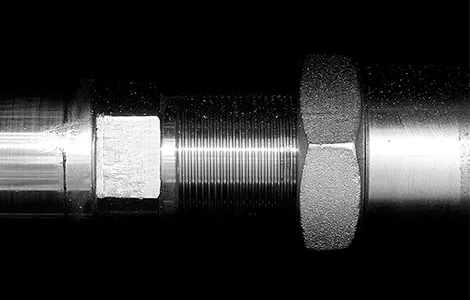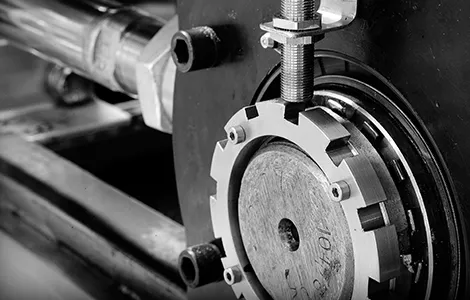Building an Efficient Food Conveyor System: Key Components and Design Tips for Steel Belts
March 27, 2024
In the fast-paced world of food processing, conveyor systems play a pivotal role in maintaining efficiency, hygiene, and productivity. Whether you're setting up a new facility or upgrading your current system, understanding the key components and design considerations can significantly impact the success of your operations. This guide is designed to help food processing businesses navigate the complexities of installing or upgrading their conveyor systems for optimal performance.
Understanding the Basics of Food Conveyor Systems
At its core, a food conveyor system is a mechanised way of moving food products through different stages of processing and packaging. These systems can vary widely in terms of size, complexity, and function, ranging from simple belt conveyors that transport goods from one point to another, to sophisticated roller or modular conveyors designed for specific tasks within the food processing workflow.
Key Components of an Efficient Food Conveyor System
Belt Material Choices
The choice of belt material is crucial, as it directly impacts the system's hygiene, durability, and suitability for different food products. Carbon steel offers strength and durability, while stainless steel provides additional resistance to corrosion and contamination. Food-safe coatings are also essential for direct contact with edible products, ensuring compliance with health and safety standards.
Conveyor Structure and Frame
The structure and frame of the conveyor should be designed for easy cleaning and minimal maintenance. Stainless steel is often preferred for its hygienic properties and longevity.
Drive System and Motors
Efficient drive systems and motors not only save energy but also ensure smooth and consistent operation. The choice between different types of motors and drives can affect the system's overall efficiency and maintenance needs.
Guided Systems and Edge Seals
Guided systems and edge seals play a vital role in maintaining product quality by preventing spillage and ensuring precise product placement on the conveyor.
Design Considerations for Optimal Efficiency
Hygiene and Cleanability
Designing for easy cleaning and sanitation is non-negotiable in food processing. Conveyor systems should have minimal crevices and easily removable parts to facilitate thorough cleaning and prevent contamination.
Automation and Control Systems
Incorporating automation into your conveyor system can dramatically increase precision and efficiency. Automated control systems allow for precise dough transfer, ensuring consistent product quality and reducing waste.
Sustainability Practices
Sustainability is becoming increasingly important in the food industry. Consider eco-friendly practices in your conveyor design, such as using energy-efficient motors and recyclable materials, to minimise your business’ environmental impact.
Customisation for Specific Needs
No two food processing operations are exactly alike. Customising your conveyor system to fit your specific product types and processing requirements can significantly enhance efficiency and product quality.
The Role of Technology and Innovation
Embracing cutting-edge technologies like fully automatic steel belt tracking systems can lead to smoother operations and reduced downtime. Trade shows and industry events, such as IBA, offer excellent opportunities for discovering the latest innovations in conveyor technology and collaborating with manufacturers.
Planning and Implementation Tips
When planning to install or upgrade a conveyor system, consider factors like budget, space requirements, and the specific needs of your operation. Selecting a manufacturer such as ourselves who can provide tailored solutions and support is crucial. Additionally, ensure your staff are trained to operate and maintain the system efficiently.
To Conclude…
Investing in an efficient, hygienic, and sustainable food conveyor system is essential for any food processing business looking to stay competitive and comply with industry standards. By considering the key components and design tips outlined in this guide, you can ensure your conveyor system meets your needs and supports your business goals.
For more information on designing and installing custom conveyor solutions, don't hesitate to get in touch with our team.

